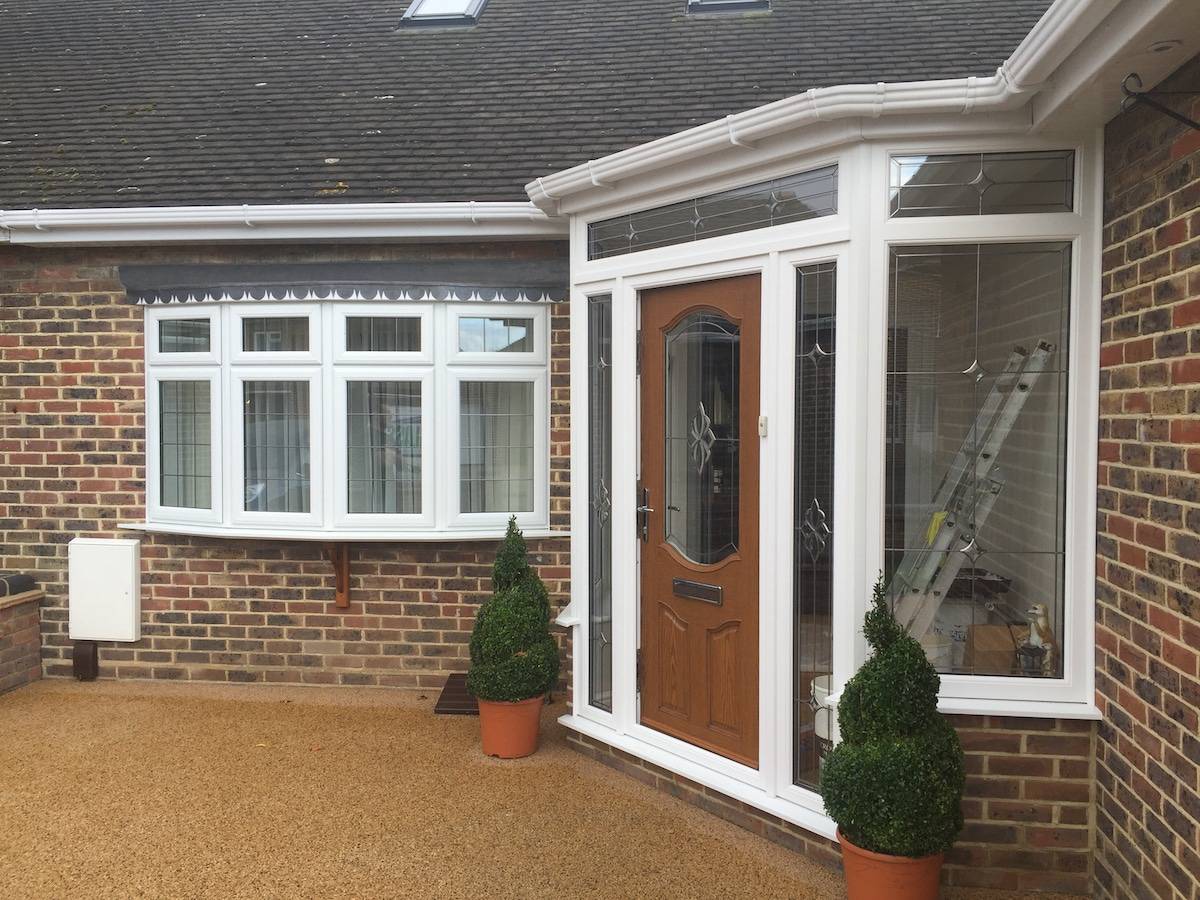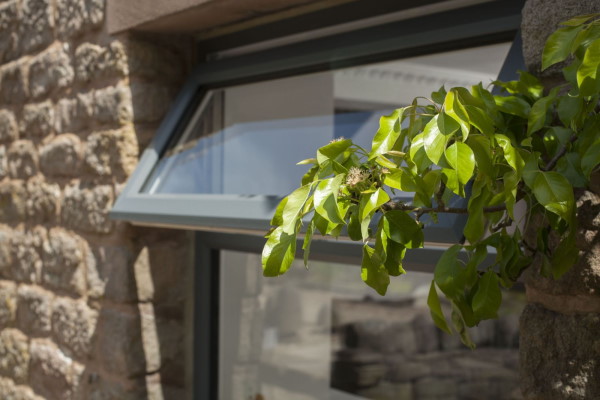All Categories
Featured
Table of Contents
Why Double-glazed Windows Are A Must in Lesmurdie WA
Laminated glass is frequently used in locations in the house most prone to injury from human effect such as bathrooms, doors, around staircases and in locations close to the floor (it meets the requirements of 'shatterproof glass' that is mandated for usage in these locations by Australian Standard AS 1288 Glass in structures).
Toughened glass has been 'tempered' by being reheated and rapidly cooled again. This procedure makes it much stronger than standard glass it can resist higher effect loads prior to breaking. It likewise makes it much safer since, when it does shatter, it burglarizes lots of little cubic pieces rather than unsafe shards.
4 Benefits Of Double Glazed Windows In The Summer in Guildford Western Australia
However, toughened glass has no thermal or acoustic advantages over other glass of the exact same toning or thickness. Secondary glazing is where single-glazed windows are retrofitted with a transparent acrylic or glass sheet connected to the inside of the frame or openable sash with a secondary frame or with magnetic strips.

Secondary glazing will not perform as well thermally as a produced IGU, since it is impossible to completely seal the boundary, however it can provide great sound control. Window films are a thin polymer film consisting of a soaking up dye or reflective metal layer, with an adhesive support. They stick to your glazing to alter its colour or make it reflective.
Which Type Of Glass Is Best For Energy Efficiency? - A&l Windows in Subiaco Perth
Applied to existing glass, some window movies can cut in half the total SHGC of the window by taking in and/or showing solar radiation. This can be particularly beneficial in hotter environments where cooling is the main issue, or on east and west elevations straight exposed to extended periods of sunshine. Window films may also minimize visible light transmittance.

For this factor, it is generally best to use a certified installer of window film. Frames have a significant influence on the thermal efficiency of windows and doors, due to the fact that energy can be gotten and lost through the frame, along with through the glass. Various types of frame will permit various levels of heat gain and loss, so mindful choice of frame is essential for efficient passive style.
Buy Double Glazed Upvc Sliding Doors In Sydney in Currambine Perth
Aluminium is also a really excellent conductor of heat and will reduce the insulating value of a glazing unit, unless particularly engineered to lower this. A 'thermally broken' frame is comprised of 2 aluminium areas linked by a structural insulator (generally a low-conductivity structural polymer). This 'breaks' the thermal connection through the aluminium and lowers the heat flowing through the frame.
They can be pricey, but rates are reducing as they end up being more typical. Timber frames are an excellent natural insulator that can fit some house designs. Wood frames should be made from types that have naturally high durability or be treated to avoid decay and deformation. Examine that the wood is sourced from a sustainably handled forest.
Brisbane's Best Double Glazed Windows in Henley Brook Perth
This can result in gaps that enable air seepage unless excellent draught sealing (weather condition stripping) is installed. u, PVC is a type of plastic (unplasticised polyvinyl chloride, also known as stiff PVC). u, PVC frames provide exceptional thermal efficiency, frequently much better than wood or thermally broken aluminium. u, PVC is long lasting and needs really little maintenance, and can be moulded into complex profiles that supply excellent air seals.
u, PVC doors and windows have excellent thermal efficiency Photo: Ben Wrigley (Light Home Architecture and Science) Composite frames utilize aluminium profiles on the external sections with either a wood or u, PVC inner area. These integrate the low upkeep and sturdiness of aluminium with much improved thermal efficiency.
Latest Posts
Double Glazed Windows in West Leederville Perth
Double Glazed Windows Melbourne in Medina Western Australia
Double Glazing Companies Near Me Reviewed 2023 in Huntingdale WA